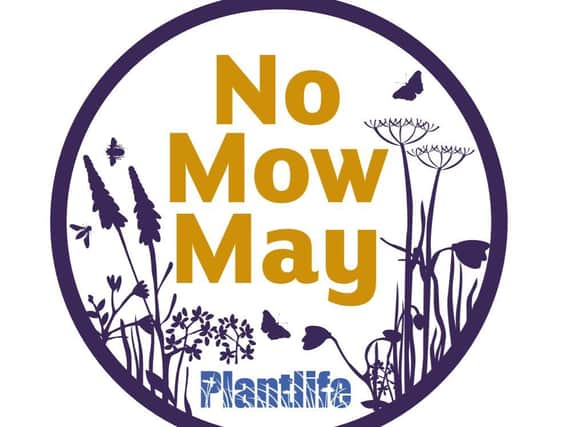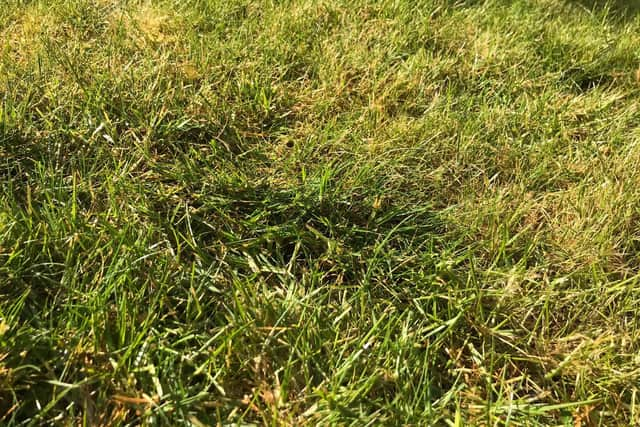Say 'no to the mow' for #NoMowMay


Results released by British conservation charity Plantlife have revealed the multiple benefits both we and our garden wildlife receive from not mowing their lawn throughout May.
Research undertaken by citizen scientists across the UK who have taken part in Plantlife’s Every Flower Counts - the largest-ever survey of the humble lawn - reveal not only the astonishing diversity of wild flowers growing on Britain’s lawns, but that incredibly simple changes in mowing can result in enough nectar for ten times more bees and other pollinators.
Advertisement
Advertisement
Every Flower Counts found that 80 percent of lawns supported the equivalent of around 400 bees a day from the nectar sugar produced by flowers such as dandelion, white clover and selfheal.


Plantlife asked participants how often they mowed their lawns and those who had left their lawns unmown for No Mow May revealed that the highest production of flowers and nectar sugar was on lawns cut once every four weeks. This gives ‘short-grass’ plants like daisies and white clover a chance to flower in profusion, boosting nectar production tenfold.
“The sheer quantity of flowers and nectar production on lawns mown once a month can be astonishing," Dr Trevor Dines, Plantlife’s botanical specialist, explained.
"We’ve discovered that plants like daisy, white clover and bird’s-foot trefoil are superbly adapted to growing in shorter swards. These short-grass, ‘mower-ducking’ plants stay low down with stems well out of the way of the mower blades, but continually produce large numbers of flowers every few weeks.
Advertisement
Advertisement
"If these flowers are cut off by mowing, it just stimulates the plants to produce yet more flowers, boosting nectar production.
"In contrast, tall-grass species like oxeye daisy, red clover, field scabious and knapweed grow upright and take longer to reach flowering size. They can’t cope with being cut off regularly, so only bloom in grass that’s not been mown for several months or more.
"Our results show these unmown long-grass areas are home to a greater range of wild flower species, complimenting the narrower range found in short-grass areas.”
Now those with gardens are being asked to lock up your lawnmower from today (May 1) for the whole month and let the wild flowers in your lawn bloom to help our bees, butterflies, and wildlife.
Advertisement
Advertisement
Then at the end of the month, on the Bank Holiday Weekend, join in with Plantlife's nationwide “Every Flower Counts” survey to discover how many bees the UK’s lawns can feed.
Not only will you receive your very own “nectar score” (which will tell you have many bees your lawn can feed), you’ll help the organisation learn more about the health of the nations’ wild flowers.
Councils are also being urged to join in by leaving parks and road verges to go wild with Plantlife's Road Verge Campaign which provides award-wining guidance on how to mow less often and later in the year instead.
And if you’re really keen and want to go all summer, try #LetItBloomJune and #KneeHighJuly
Find out more by signing up for #NoNowMay today at www.plantlife.org.uk/everyflowercounts/.